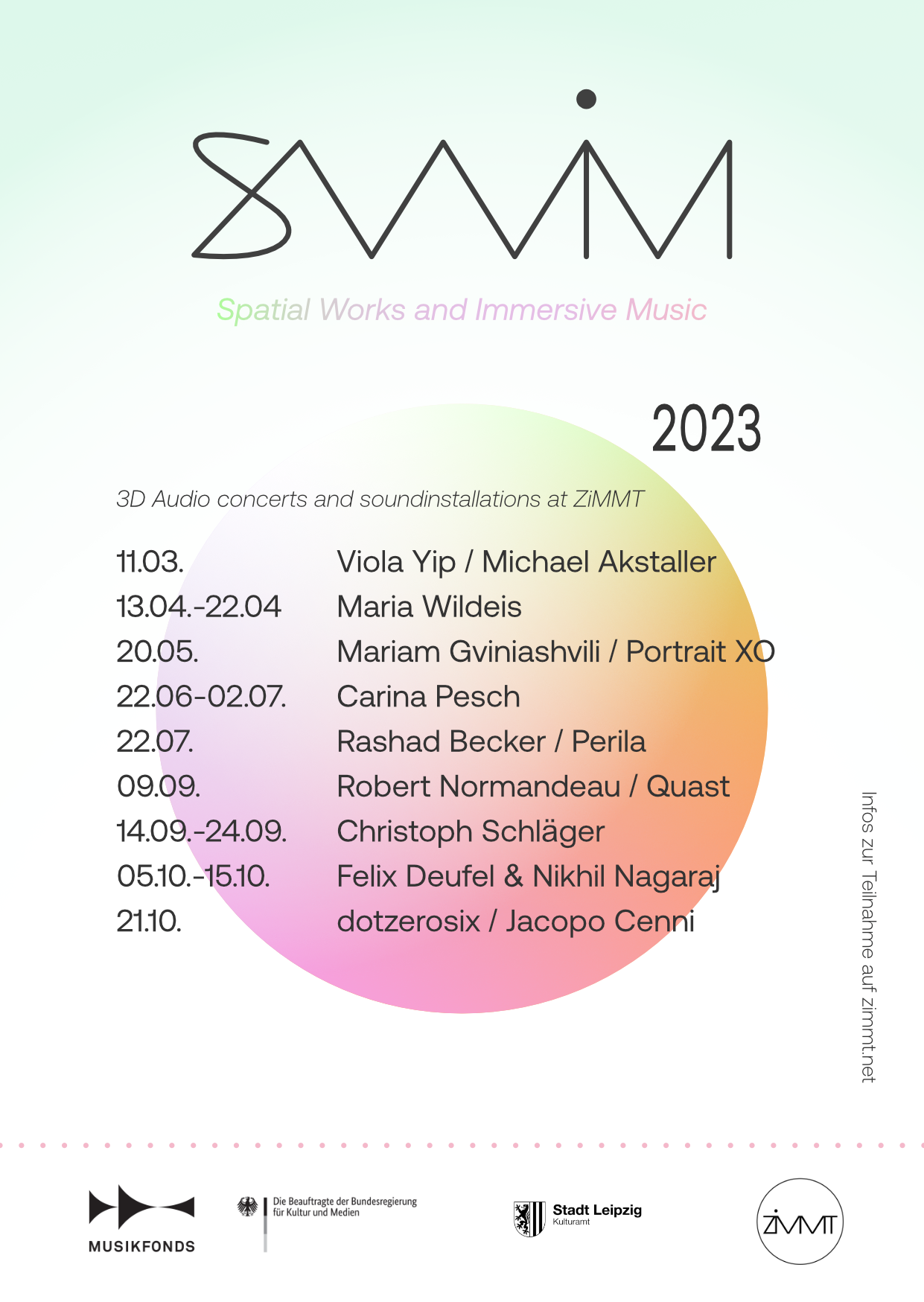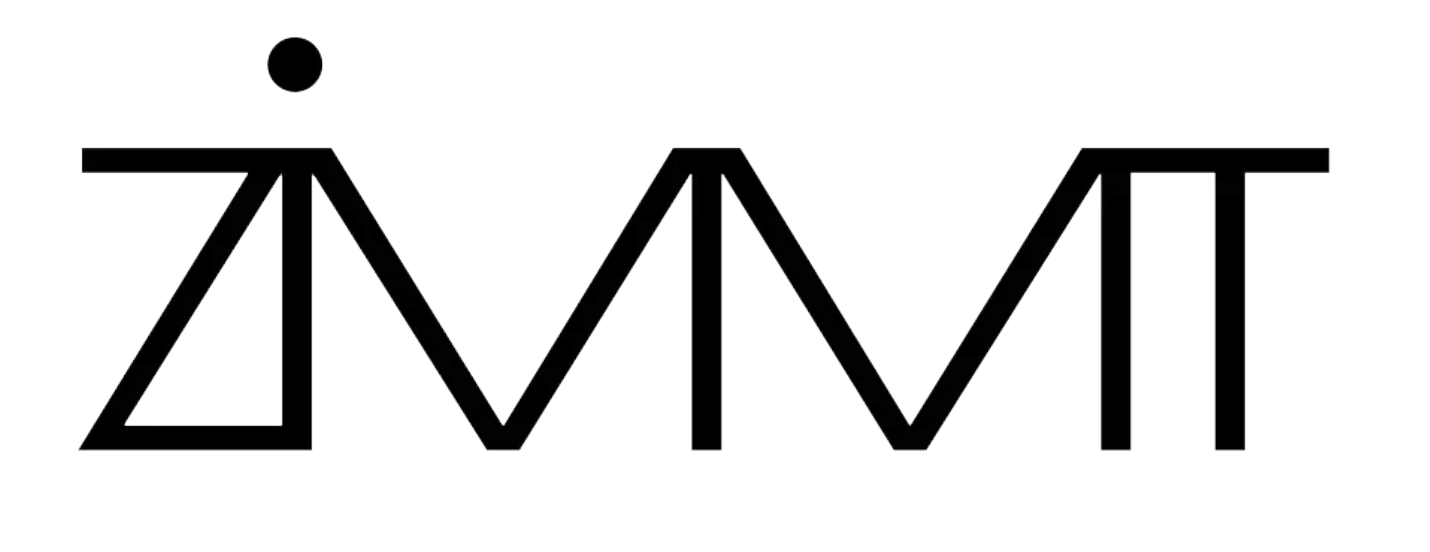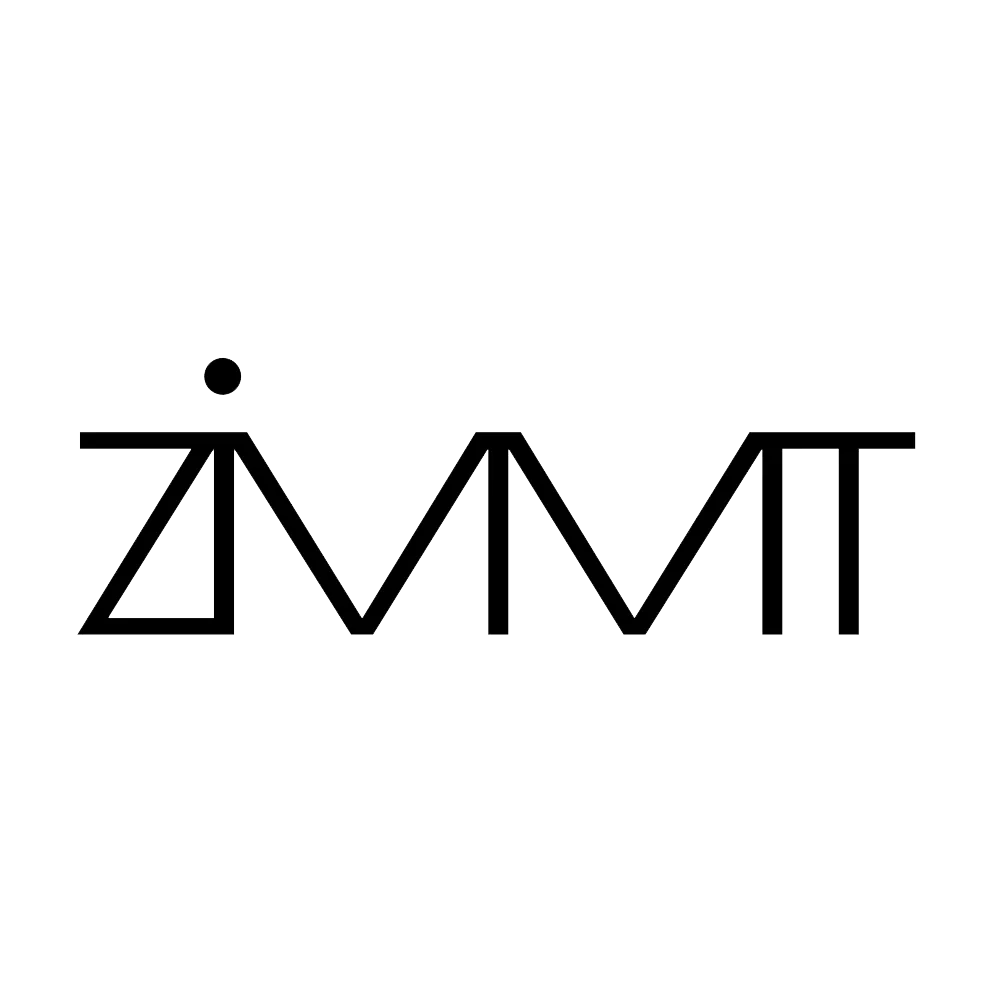Robert Normandeau • Quast
3D Audio Concert of the swim series / September 9, 2023
Quast
Bruno Quast was born in Germany and raised in Italy. He studied classical piano, contemporary art, and animation, and today teaches sound design at universities alongside his artistic work. His animated short films depict surreal worlds and soundscapes. Quast usually blends digital and analog techniques, such as 3D animation, drawings, sand, and digital collages.
Robert Normandeau
Robert Normandeau, a true luminary of immersive music, is a guest at ZiMMT:
Normandeau (*1955 in Québec, Canada) is an internationally acclaimed acousmatic composer and has been a professor of electroacoustic composition at the University of Montreal for more than twenty years. In 2009, he founded the research group GRIS (Research Group in Spatial Immersion), which developed the software SpatGRIS—a free, open-source program with an intuitive interface for designing immersive, spatial sound environments. Normandeau will offer a workshop on SpatGRIS at ZiMMT and use the software himself during his concert.
His work is dedicated to achieving a sensuous, pictorial sound aesthetic—what he calls a “cinema for the ears.” Since 1990, he has focused on multichannel composition, spatialization of music, and immersive playback through speaker domes, such as those found in planetariums. Over the past thirty years, his compositions have been regularly awarded at international festivals.

swim 2023
With the series swim, ZiMMT invites audiences in 2023 to (re)discover their surroundings through the act of listening. Ten concerts and four sound installations offer acoustic experiences that help sharpen our awareness of the environment—either individually or collectively.
Sixteen local and international artists are part of swim. Many of them work with everyday sounds and field recordings, thematically exploring the human-made changes in our acoustic environment during the current era—the Anthropocene. Others focus on psychoacoustic effects. All of them create immersive sound spaces.
Through three-day microresidencies, the artists are given the opportunity to develop their works on-site using 3D audio technology, allowing for new experimental approaches. All concerts are streamed live in high-quality binaural audio—offering a spatial sound experience both on location and worldwide.


